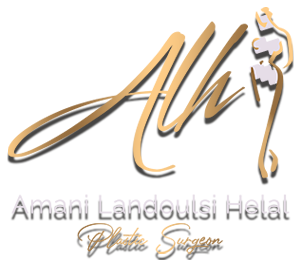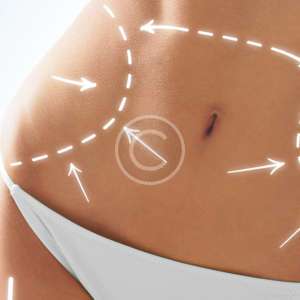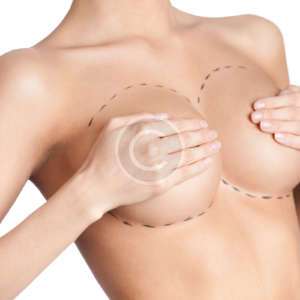
Buccal fat pad removal, also commonly known as a cheek reduction, is a cosmetic surgical procedure. During the procedure, the fat pad is removed or reduced from the hollows of the cheek. These pads are a naturally occurring deep pad of fat that exist on both sides of the face in the middle to bottom third of the cheeks.
Who are good candidates for buccal fat surger
The ideal candidates for buccal lipectomy include individuals:
- With chubby or puffy cheeks.
- With a convex cheek appearance.
- Who have received setback mandibuloplasty surgery to reduce the size of the chin or jaw. This procedure helps shorten the jaw, but it can compress the mid-face tissues, causing chubby or puffy cheeks to form.
- With prominent high cheekbones and sunken cheeks under the cheekbones.
- Who want to rejuvenate the overall appearance of their face
Consultation
Everyone has a different face shape, and the size of the buccal fat pads may vary from person to person. Prior to the procedure, the patient and surgeon will set up a consultation. The doctor will be able to examine the patient’s face and come up with a personalized game plan to help the patient achieve their desired look.
The patient should be prepared to discuss their medical history with the doctor. The patient should also have realistic expectations for this procedure.
It is during this time that the patient should let the doctor know of any questions or concerns they have about the procedure. It is important to choose a doctor who has the experience, skillset, and confidence necessary to perform the procedure. The patient and doctor will work collaboratively to set up a surgical plan that is optimized to help the patient obtain their goal.
Procedure
The surgeon will create a small incision on the inside of the mouth, on the inner portion of the cheek. Most buccal fat reduction surgeries require this incision. However, it is possible to remove the buccal fat pad in conjunction with a facelift procedure. The surgeon will either remove or reduce the buccal fat pad size.
Then surgeon will close the incision inside the mouth. These sutures are usually dissolvable and will fall out on their own
Risks
Is it safe ?
Risks associated with buccal fat removal surgery include :
- Bleeding
- Infection
- Fluid accumulation
- Numbness
- Ongoing pain
- Salivary duct injury
- Facial nerve injury that can lead to permanent facial paralysis or facial muscle weakness
- Asymmetrical facial appearance
- Salivary duct injury
- Facial nerve injury that can lead to permanent facial paralysis or facial muscle weakness
- Asymmetrical facial appearance
Is it painful ?
Since Buccal fat pad removal is a soft tissue procedure, discomfort is mild. Though pain is rare, patients are given pain medications to take home in case you need them.
Most patients report an almost-pain-free experience with buccal fat pad removal.
recovery
There is a recovery time following this procedure. After the operation, the doctor will provide the patient with a recovery plan to help ensure that they reduce the risk of infection or other side effects.
Instructions may include:
- No sharp food like chips for the first few days
- Medications that will aid the healing process. These can be taken orally like antibiotics.
- A list of what not to do (this may include not playing with the sutures or avoiding physical exercise)
- Follow-up appointments
- Any other specific instructions catered to each person
The swelling will decrease over the next several weeks and results can begin to be seen in as little as two weeks. It will take anywhere from two to four months to see the final results of this procedure. Continue to follow your plastic surgeon’s post-operative instructions and attend any follow-up appointments.
results
After buccal fat pad removal, the face can appear swollen, but bruising is atypical. After1 week after swelling has gone down, you will begin to see the cheeks below the cheek bones thinning out. Results can be seen two weeks after surgery when swelling begins to subside. However, it is important to note that it can take anywhere from two to four months after the buccal fat excision to see the full results. In very rare cases, more than one surgery may be required to achieve desired results.
Since the incision is made inside of the cheek, you won’t have any visible incisions or scarring during and after the healing process.
Things to keep in mind
Once those buccal fat pads are gone, they’re gone for good, so results are permanent.
So, what happens if you gain weight? “Nothing unusual,”. Your buccal fat pads won’t grow back. However, a plumper face due to weight gain can mask the results of a buccal fat removal procedure.
Your subcutaneous fat shrinks with age, so it’s also possible your cheeks will look too hollow and gaunt at some point.







